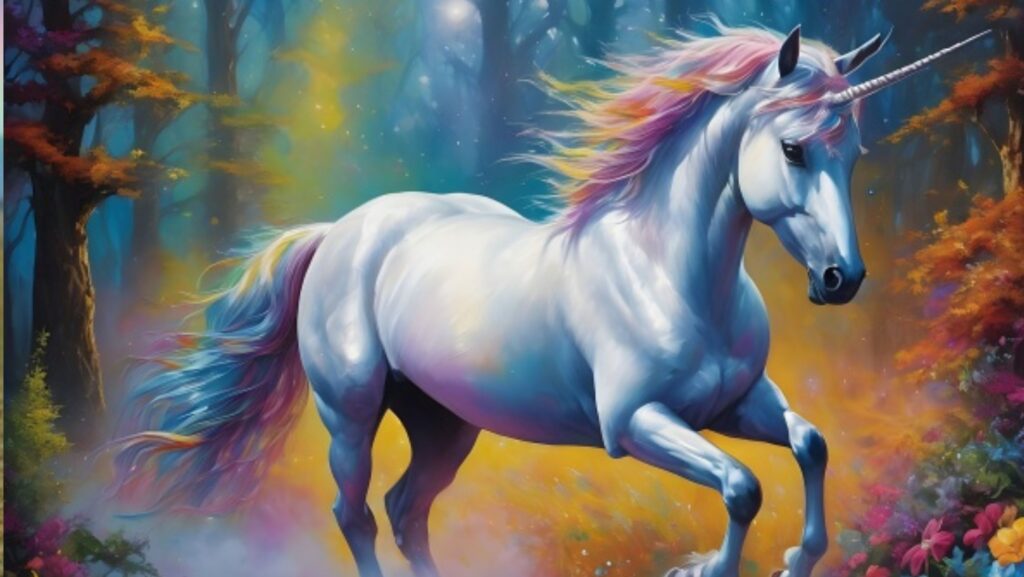Unicorns, those mythical creatures that have captured our imaginations for centuries, aren’t just for fairy tales and children’s stories. They’ve trotted their way into the heart of pop culture in a game sharing culture and history, becoming a symbol of magic, mystery, and sheer delight. But what’s the real story behind these enchanting beings?
From ancient tales to modern interpretations, unicorns have evolved as the most expensive fantasy creatures, yet their allure remains constant. Whether it’s their symbolic purity, the solitary horn, or their untamed spirit, there’s something about unicorns that continues to fascinate us.
People are always attracted by the characteristics, spirit, and symbolism of unicorns. Whether in religion or in people’s daily lives, it always appears as a positive, popular, and sought-after symbol. Elegance, purity, kindness, innocence, honesty, and other beautiful virtues are concentrated on unicorns.
People often use accessories with unicorn elements to decorate themselves. Custom Lapel Pins are a very convenient and beautiful decoration. It is small and finely crafted, and it is very suitable for any occasion. No matter what kind of clothes it can be well matched, the best thing is that it is worn in a v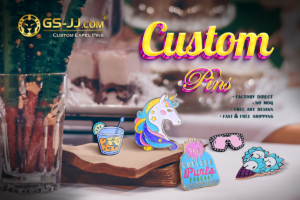 ery conspicuous place. Custom unicorn lapel pins are a very good choice for people who like unicorns.
ery conspicuous place. Custom unicorn lapel pins are a very good choice for people who like unicorns.
Cute:cvdcm_rgeyi= Unicorn
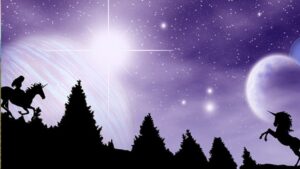 Diving deeper into the aura of unicorns, we find their roots steeped in mythology. Let’s unfold their origin stories and examine their depictions in literature during key historical periods.
Diving deeper into the aura of unicorns, we find their roots steeped in mythology. Let’s unfold their origin stories and examine their depictions in literature during key historical periods.
Unicorns, akin to divine embodiments, hold a strong presence in the lore of ancient civilizations. In ancient Greece, (5th century BCE), historians chronicled tales of single-horned wild animals, notably in the writings of Ctesias. Artifacts from the Indus Valley Civilization, one of the world’s oldest urban cultures, depict unicorns or similar single-horned creatures.
However, it’s not just Europe and the Indian subcontinent involved. Ancient Chinese texts reference the qi-lin, a creature often compared to unicorns. A notable instance is the account of Confucius’s mother encountering a qi-lin, marking the significant birth.
Unicorns in Medieval and Renaissance Literature
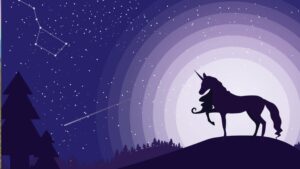 Fast forward to the medieval times and Renaissance period. Unicorns have become a fascinating subject in literary works. They symbolize purity and grace in Christian religious art, and often appear in the hands of the Virgin Mary. Moreover, in ‘The Hunt of the Unicorn’, a series of late medieval tapestries, the unicorn represents the beloved tamed. It is often depicted as a small horse with a goatee, cloven hooves, and a lion’s tail. In other literary works, unicorns embody a metaphor for Christ or symbolize chastity.
Fast forward to the medieval times and Renaissance period. Unicorns have become a fascinating subject in literary works. They symbolize purity and grace in Christian religious art, and often appear in the hands of the Virgin Mary. Moreover, in ‘The Hunt of the Unicorn’, a series of late medieval tapestries, the unicorn represents the beloved tamed. It is often depicted as a small horse with a goatee, cloven hooves, and a lion’s tail. In other literary works, unicorns embody a metaphor for Christ or symbolize chastity.
During the Renaissance, the image of the unicorn evolved further. Authors like Ludovico Ariosto in his epic ‘Orlando Furioso’ depicted unicorns to symbolize purity and magic, reinforcing the multi-layered nature of unicorn symbolism during this period.
Engaging with the mythology of unicorns, we traverse through time, witnessing their transformation from divine creatures of ancient civilizations to symbols of purities in the anthropology of medieval and Renaissance periods.
Unicorns in Modern Culture
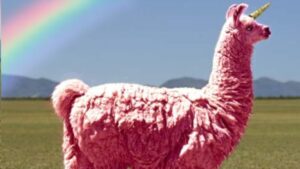 From children’s books to movies and TV shows, to becoming a pop culture icon, the symbolism of unicorns persists and evolves today. Let’s delve into some of these aspects below.
From children’s books to movies and TV shows, to becoming a pop culture icon, the symbolism of unicorns persists and evolves today. Let’s delve into some of these aspects below.
In the realm of children’s literature, unicorns often appear as enchanting creatures. The allure of these mythical beings pervades iconic books, such as “The Last Unicorn” by Peter S. Beagle and “Uni the Unicorn” by Amy Krouse Rosenthal. These books, among many others, allow children to immerse themselves in a fantasy world, often teaching valuable life lessons through the lens of the mystical unicorn.
Symbolic Meanings of Unicorns
 Representing a myriad of symbolic interpretations across cultures and ages, unicorns remain an enthralling creature in global symbology.
Representing a myriad of symbolic interpretations across cultures and ages, unicorns remain an enthralling creature in global symbology.
Unicorns, often depicted in pure white, signify purity and innocence in several contexts. For instance, their portrayal in children’s literature reinforces a world untainted, a reflection of the unspoiled character inherent in children. This visualization emphasizes not only physical purity but moral innocence too. They exemplify virtuous qualities such as kindness, honesty, and compassion, playing a major role in promoting ethical values among young readership.
Beyond literature and screen, the unicorn has become a definitive symbol in popular culture. Its wholesome and magical connotations have made it a favorite in fashion and decor trends, seen in everything from clothing to home furnishings. Even in the world of technology, the term “unicorn” denotes a privately held startup company valued at over $1 billion, symbolizing its unique and extraordinary status.
Unicorns have also made a visible mark in films and on television. They’ve had key roles in movies alike “The Last Unicorn,” “Legend,” and TV shows like “My Little Pony.” Trustworthy and magical, unicorns often serve as focal points, adding a layer of enchantment to the storyline.

